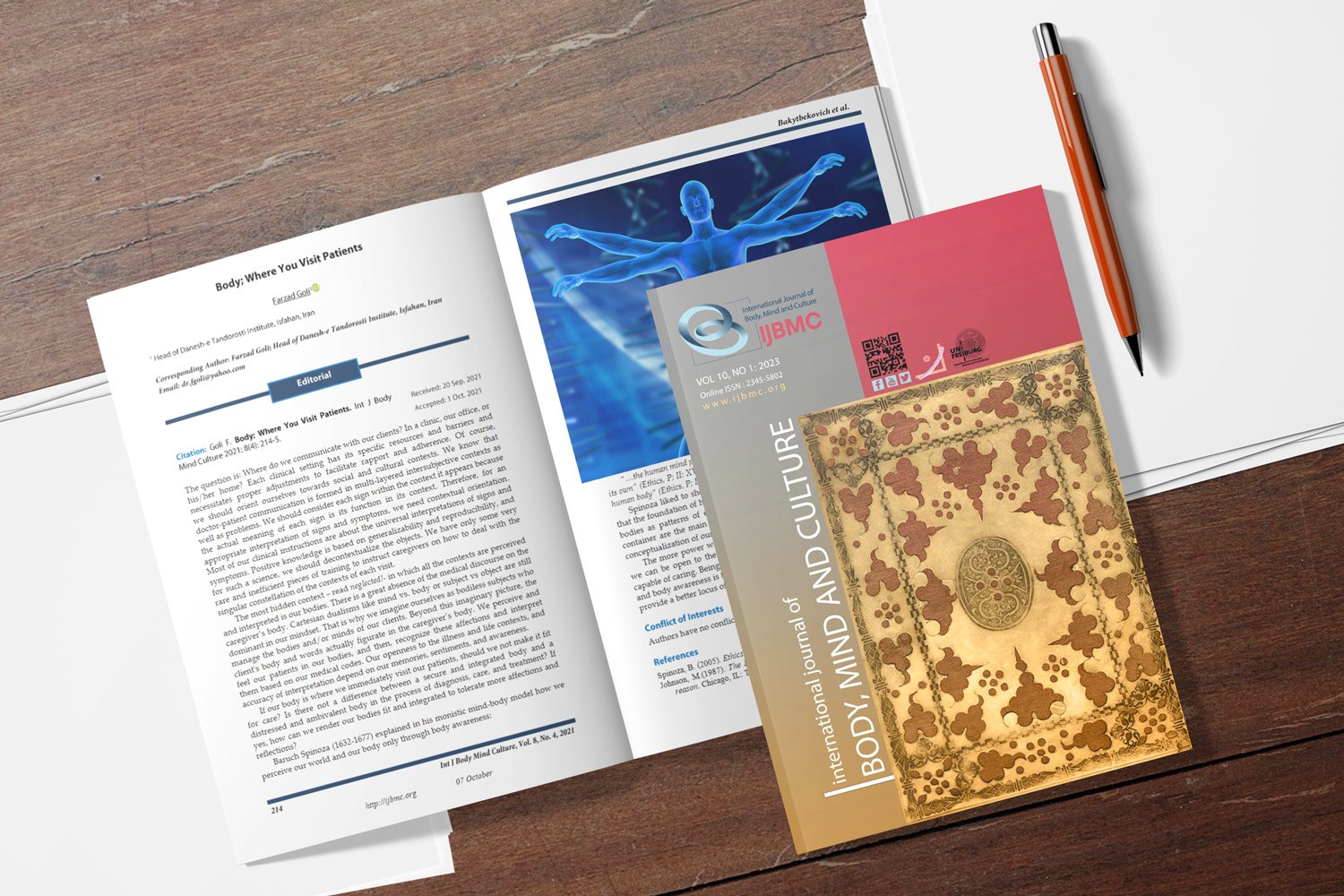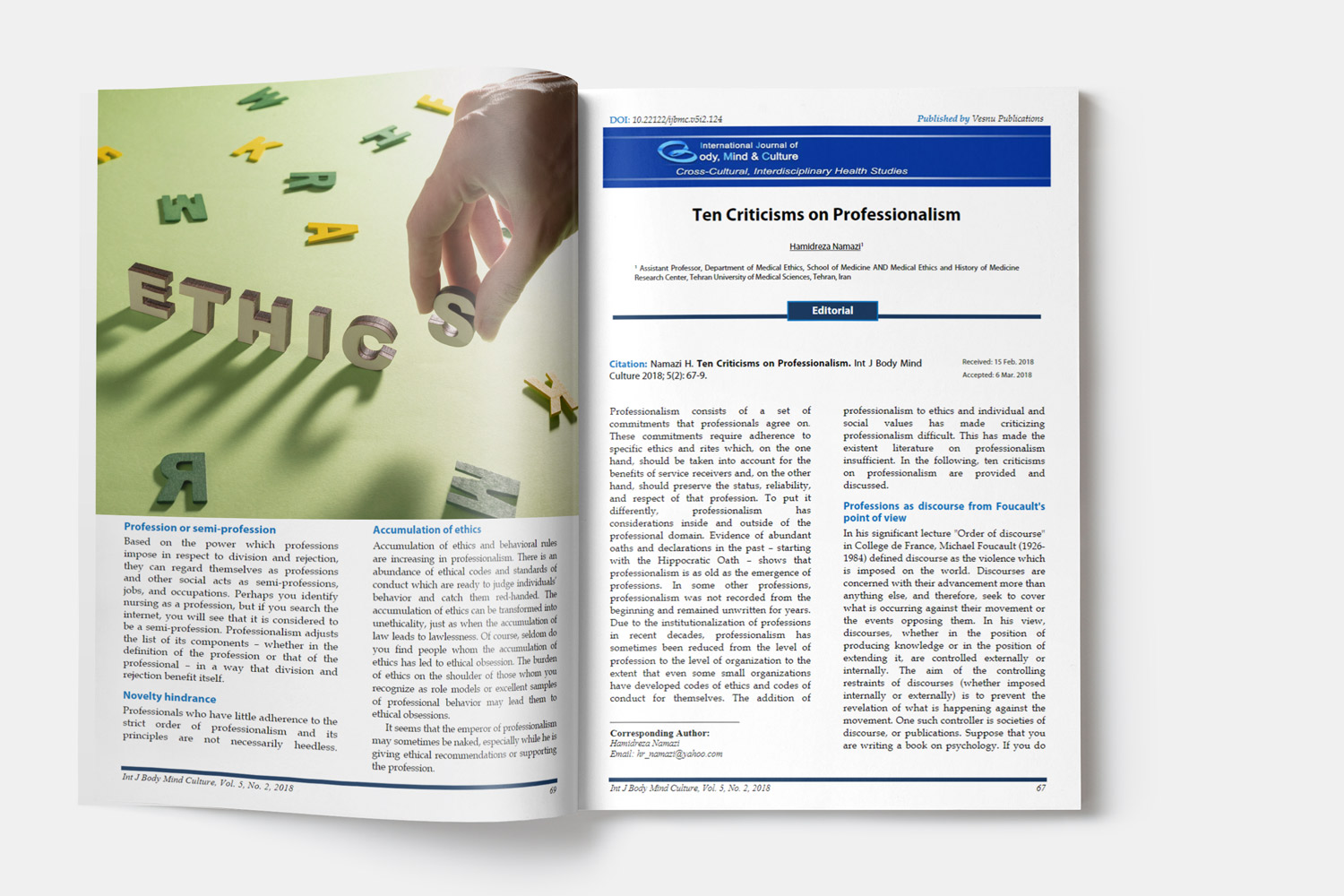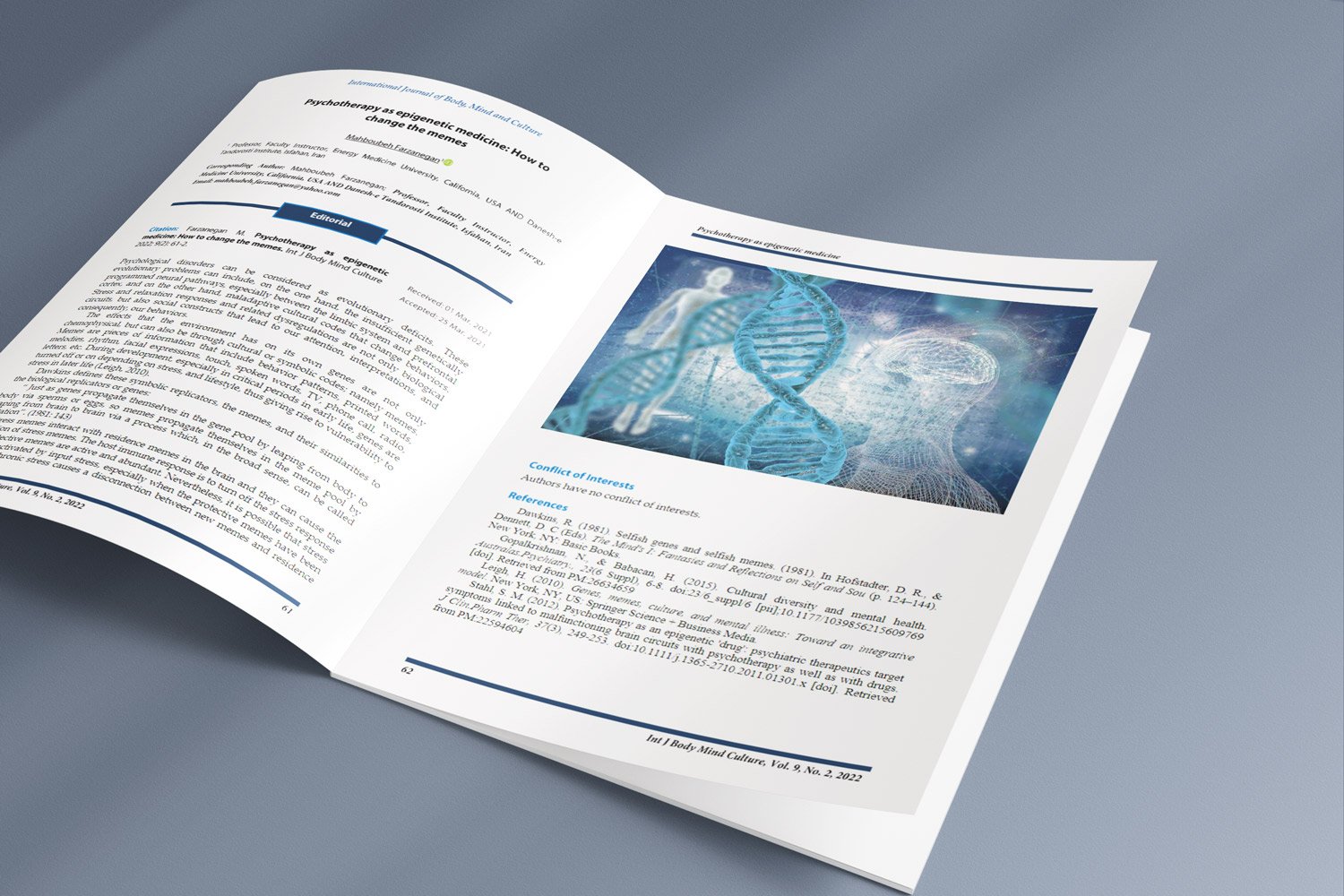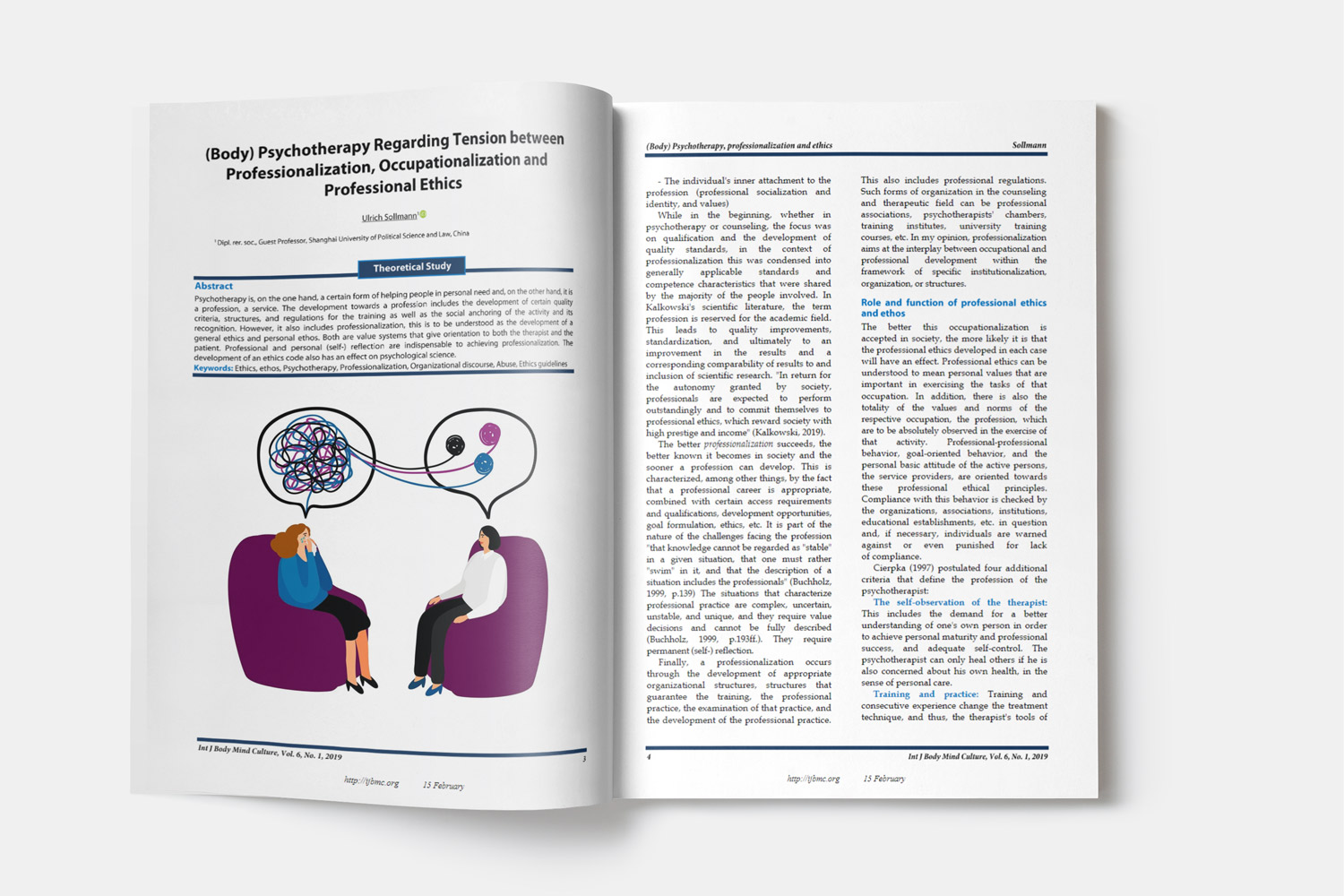Mechanism of microRNAs Regulation and Function them in Recognition and Treatment of Cancer
Downloads
Background: Despite of all the efforts and studies conducted on diagnosis and treatment of cancer, this disease still has many of losses annually. Cancer is a multifactorial disease that is incidence of genetic and environmental factors are involved. MicroRNA of (micro ribonucleic acid) group of non-coding RNA that have been preserved during evolution. miRNA also like that mRNA By the enzyme RNA polymerase II transcription and after the capping mechanism and Polyadenylation (Pre-miRNA) obtained that by two cutting successive reactions, mature miRNA produced and through the connection to 3'UTR, mRNA target gene affects on it.
Methods: For investigate from the articles in the database such as pubmed, Google Scholar ,.... Were taken to this study we used.
Results: MicroRNA can be alter gene expression after transcription that is action in most cases performed through two way decomposition and or inhibit the translation of target gene mRNA. MIR in various cancers could have role oncogenes and tumor suppressor genes (Tumor suppressor) and also in cell cycle, cell death, apoptosis, differentiation and cell proliferation and drug resistance have an important role and can stop the progression of cancer and Hence as biomarkers for the diagnosis and treatment of cancer are available.
Conclusion: MIR expression in various cancers decreases or increases, which in most cases increase the expression of a MIR cause to reduce expression of a gene targeting and vice versa. Hence further studies about this great group of micro RNA are important and can be investigated.
Downloads
Almeida MI, Reis RM, Calin GA. MicroRNA history: Discovery, recent applications and next frontiers. Mutat Res 2011 ;717:1-8.
Babashah S, Soleimani M. The oncogenic and tumour suppressive roles of microRNAs in cancer and apoptosis. Eur J Cancer. 2011 May;47(8):1127-37.
Bader AG, Brown D ,Winkler M. The promise of microRNA replacement therapy. Cancer research. 2010;70(18):7027-30.
Biochem Cell Biol. 2010 Aug;42(8):1273-81.
Büssing I, Slack FJ, Grosshans H. let-7 microRNAs in development, stem cells and cancer. Trends Mol Med. 2008 Sep;14(9):400-9.
Calin GA, Croce CM. MicroRNA signatures in human cancers. Nature Reviews Cancer. 2006;6(11):857-66.
Cancer: current state and future perspectives in urologi oncology. Urol Oncol. 2010 Jan-Feb;28(1):4-13.
Carlos C, James DB. Sizing up miRNAs as cancer genes. Nature 2005; 11: 712-4.
Cho WC. MicroRNAs in cancer - from research to therapy. Biochim Biophys Acta. 2010 Apr;1805(2):209-217.
Cho WC. MicroRNAs: Potential biomarkers for cancer diagnosis, prognosis and targets for therapy. Int J Biochem Cell Biol. 2010 Aug;42(8):1273-81.
Cho WC. MicroRNAs: Potential biomarkers for cancer diagnosis, prognosis and targets for therapy. Int J Esau CC, Monia BP. Therapeutic potential for microRNAs. Advanced drug delivery reviews. 2007;59(2):101-14.
Esquela-Kerscher A, Slack JF. The let-7 microRNA with a role in cancer. Nature Reviews Cancer. 2006;6(4):259-69.
Esquela-Kerscher A, Trang P, Wiggins JF. The let-7 microRNA reduces tumor growth in mouse models of lung cancer. Cell Cycle 2008; 7:759-64.
Garzon R, Marcucci G, Croce CM. Targeting microRNAs in cancer: rationale, strategies and challenges. Nature reviews Drug discovery. 2010;9(10):775-89.
Garzon R, Calin GA, Croce CM. MicroRNAs in cancer. Annual review of medicine. 2009;60:167-79.
Giovannetti E, Erozenci A, Smit J, Danesi R, Peters GJ. Molecular mechanisms underlying the role of microRNAs (miRNAs) in anticancer drug resistance and implications for clinical practice. Crit Rev Oncol Hematol. 2011 May 4. [Epub ahead of print]
Hanahan D, Weinberg RA. Hallmarks of cancer: the next generation. Cell. 2011 Mar 4;144(5):646-74.
Josien C, René FK. The role of small noncoding RNAs in genome stability and chromatineorganization. J Cell Sci 2010; 123:1825-39.
Kanellopoulou C, Monticelli S . A role for microRNAs in the development of the immune system and in the pathogenesis of cancer. Semin Cancer Biol. 2008 Apr;18(2):79-88.
Kong YW, Ferland-McCollough D, Jackson TJ, Bushell M. microRNAs in cancer management. The lancet oncology. 2012;13(6):e249-e58.
Kozomara A, Griffiths-Jones S. miRBase: integrating microRNA annotation and deep-sequencing data. Nucleic acids research. 2010:gkq1027.
Lee I, Ajay SS, Yook JI, Kim HS, Hong SH, Kim NH, et al. New class of microRNA targets containing simultaneous 5′-UTR and 3′-UTR interaction sites. Genome research. 2009;19(7):1175-83.
Nayak S, Herzog RW. Progress and prospects: immune responses to viral vectors. Gene Ther 2010; 17: 295-304.
Ruan K, Fang X, Ouyang G. MicroRNAs: novel regulators in the hallmarks of human cancer . Cancer Lett. 2009 Nov 28;285(2):116-26.
Schaefer A, Jung M, Kristiansen G, Lein M, Schrader M, Miller K, Stephan C, Jung K . MicroRNAs and 6Sotillo E, Thomas-Tikhonenko A. Shielding the messenger (RNA): microRNAbased anticancer therapies. Pharmacol Ther 2011; 131:18-32.
Strachan T, Read AP. Human Molecular Genetics. GS Garland Science:Taylor & Francis Group; 2004.
Tolia NH, Joshua-Tor L. Slicer and the argonautes. Nature chemical biology. 2007;3(1):36-43.
Volinia S, Calin GA, Liu C-G, Ambs S, Cimmino A, Petrocca F, et al. A microRNA expression signature of human solid tumors defines cancer gene targets. Proceedings of the National academy of Sciences of the United States of America. 2006;103(7):2257-61.
Voorhoeve PM . Agami R .Classifying microRNAs in cancer: the good, the bad and the ugly. Biochim. Biophys.Acta. 2007 Jun:1775(2):274-82.
Weber JA, Baxter DH, Zhang S. The microRNA spectrum in 12 body fluids. Clin Chem 2010; 56: 1733-41.
Wiemer EA. The role of microRNAs in cancer: no small matter. Eur J Cancer. 2007 Jul;43(10):1529-44.
Wiemer EA. The role of microRNAs in cancer: no small matter. Eur J Cancer. 2007 Jul;43(10):1529-44.
Copyright (c) 2017 International Journal of Body, Mind and Culture

This work is licensed under a Creative Commons Attribution-NonCommercial 4.0 International License.















